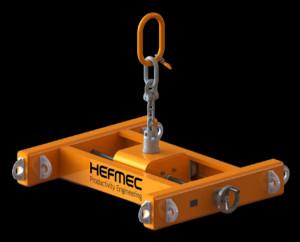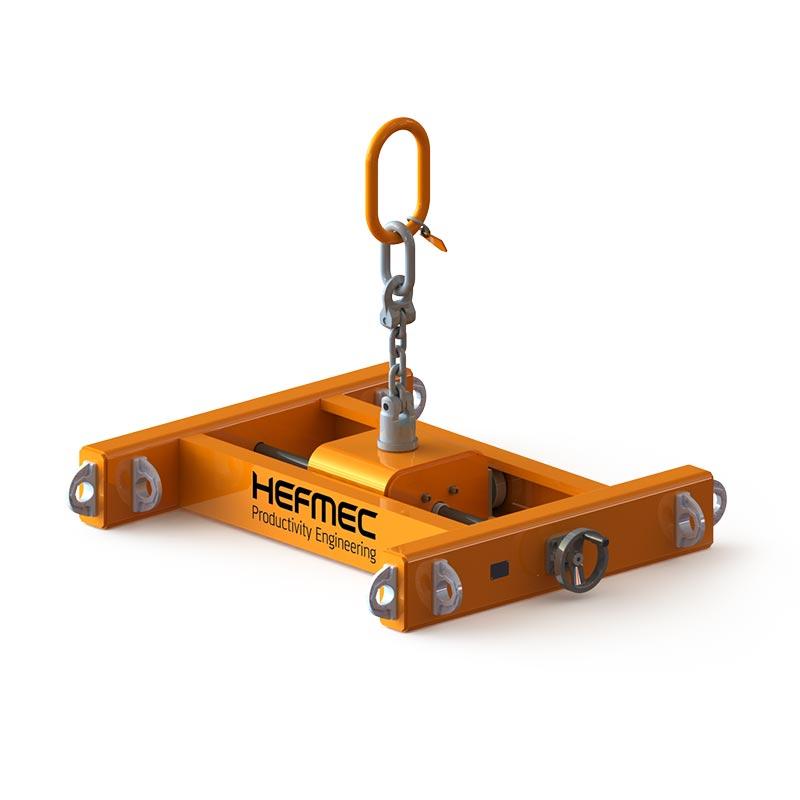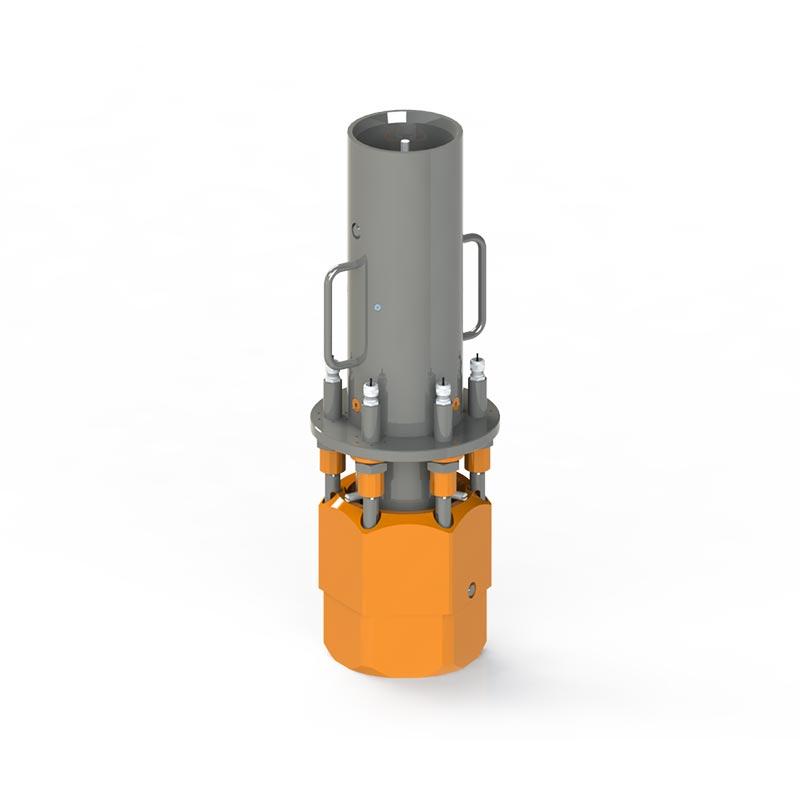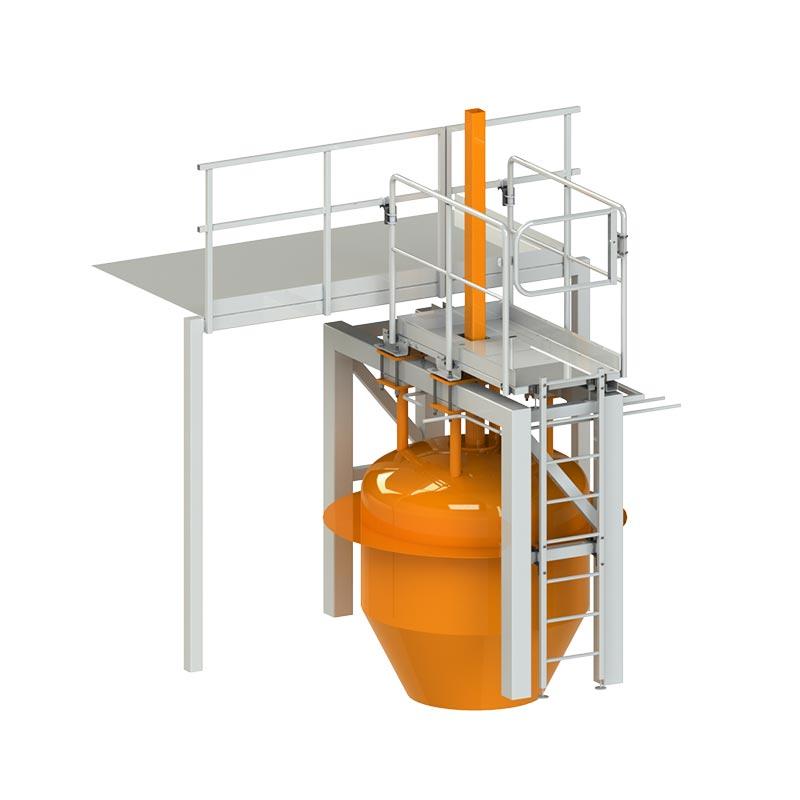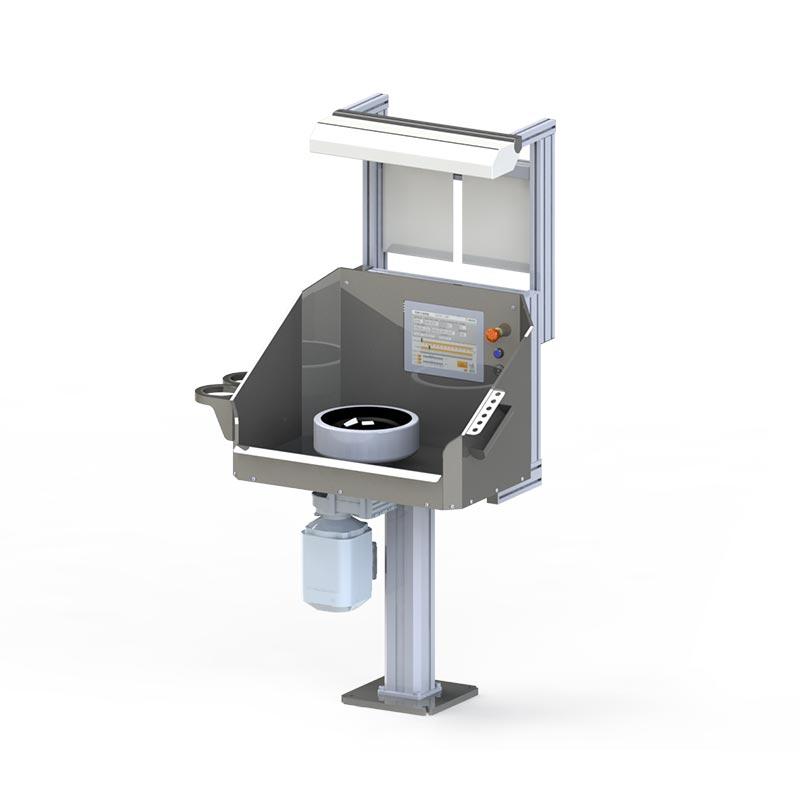What is a test load for a lifting accessory?
Lifting accessory test loading is the process of testing the ability of a lifting device or accessory to safely withstand a given load. This testing is an integral part of the lifting accessory testing process and is intended to ensure that the equipment performs as expected and can withstand the load requirements placed on it.
Test loading is usually carried out using weights or other load elements that simulate the actual operating conditions of the equipment. During testing, the structural integrity and functionality of the equipment is observed to ensure that it meets all safety requirements.
Test loading is particularly important for lifting accessories such as lifting frames, lifting scissors and cradles, as these devices need to withstand high loads and operate reliably in a variety of industrial environments.
Why is test loading important?
Experimental loading is important for a number of reasons. Firstly, it ensures that the lifting accessory is safe to use. Safety is a primary concern in any lifting operation, and a test load helps to identify any weaknesses or defects in the equipment before it is put into service.
Secondly, the test load helps to ensure that the lifting accessory meets all relevant standards and regulations. This is particularly important as lifting accessories must meet the requirements of the Machinery Directive and other national regulations.
Thirdly, a test load can extend the life of the lifting accessory. Once tested and proven durable, the equipment can operate reliably for longer, reducing maintenance and repair costs in the long run.
How is the test loading of the lifting accessory carried out?
The test loading of a lifting accessory is usually carried out under controlled conditions where the performance and safety of the equipment can be observed. The first step is to prepare the equipment for testing, which may include inspecting the equipment and setting the necessary load elements.
Next, the device is subjected to a predefined load. This load can be higher than the normal operating load of the device to ensure its resistance to extreme conditions. During the test, the structural integrity and functionality of the device is observed.
After testing, the device is checked again for any damage or wear. If the device passes the test without any problems, it can be declared safe to use. The test results are documented and the device is issued with a certificate of conformity.
The most common methods of test loading
Test load methods may vary depending on the type of equipment and its intended use. One of the most common methods is static test loading, where the device is subjected to a specific load for a certain period of time. This method is particularly useful for identifying structural weaknesses.
Another common method is dynamic test loading, where the device is subjected to a varying load. This method simulates the actual operating conditions of the device and helps to identify potential operational problems.
The third method is fatigue testing, where the equipment is subjected to repeated loads over a long period of time. This method is particularly useful for assessing the long-term durability of a device.
Safety and maintenance of lifting equipment
The safety and maintenance of lifting equipment are key factors in its long-term use. Regular maintenance and inspections are essential to ensure the safety and functionality of the equipment. This includes both visual inspections and more thorough technical checks.
The maintenance programme should be tailored to the intended use and operating conditions of the equipment. For example, in industrial environments where equipment is exposed to high loads and wear, the maintenance schedule may be more frequent than in lighter operating conditions.

